45+ Sample Marketing Plans
-
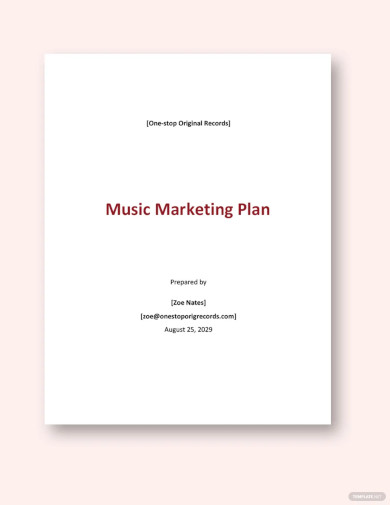
Music Marketing Plan Template
download now -
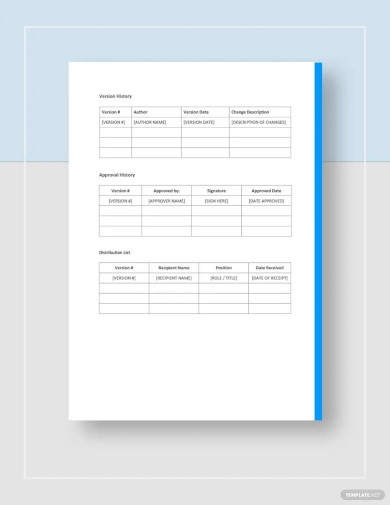
General Marketing Plan Template
download now -

Real Estate Marketing Plan Template
download now -
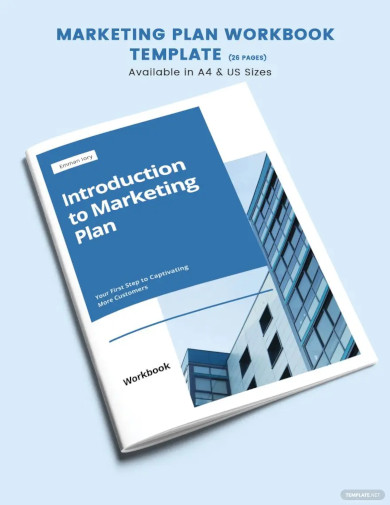
Marketing Plan Workbook Template
download now -
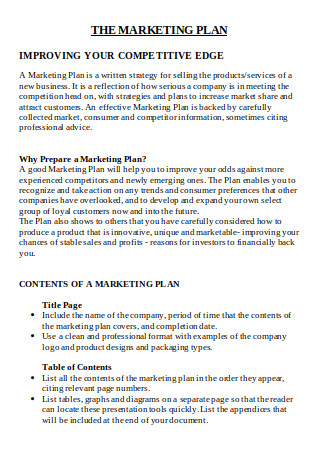
The Marketing Plan
download now -
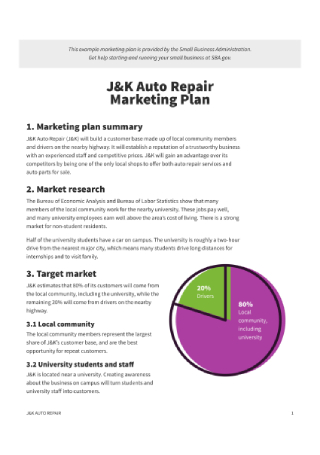
Auto Repair Marketing Plan
download now -
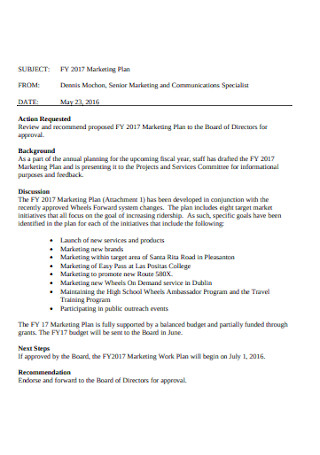
Standard Marketing Plan
download now -

Marketing Plan Outline
download now -
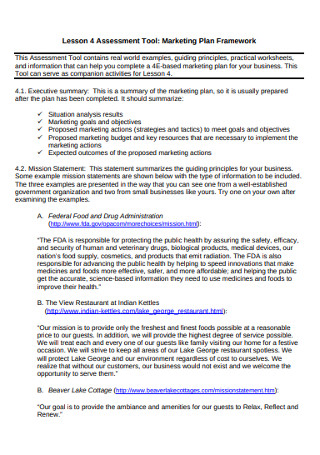
Marketing Plan Framework
download now -
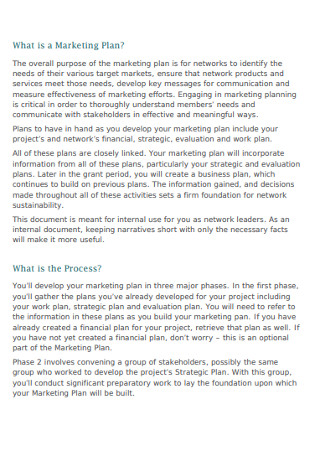
Project Marketing Plan
download now -
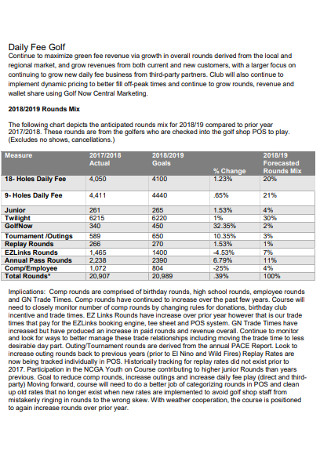
Annual Sales Marketing Plan
download now -
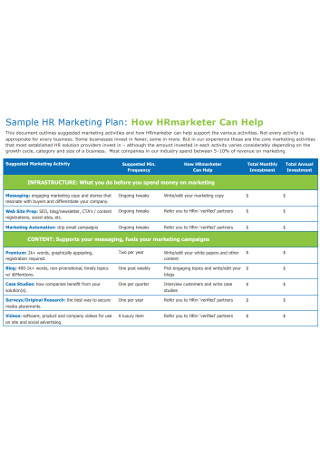
Sample HR Marketing Plan
download now -

Sample 2 Year Marketing Plan
download now -
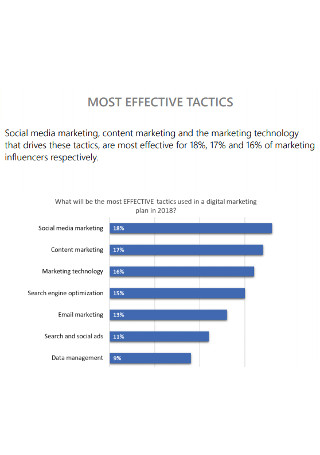
Annual Digital Marketing Plan
download now -
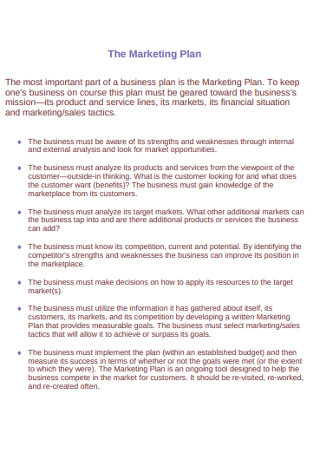
Sample Marketing Plan
download now -
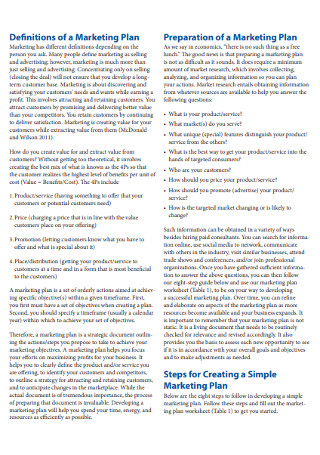
Marketing Development Plan
download now -
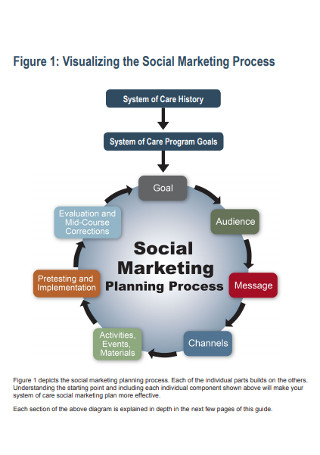
Social Marketing Plan
download now -
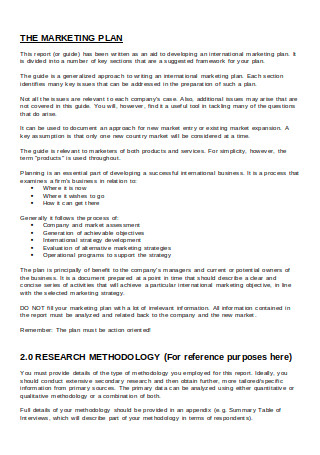
International Marketing Plan Guide
download now -
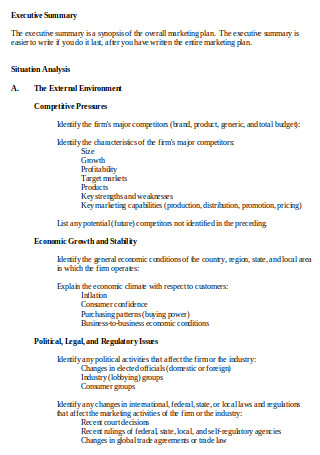
Marketing Plan Worksheet
download now -

Developing Marketing Plan For Soft Drink
download now -
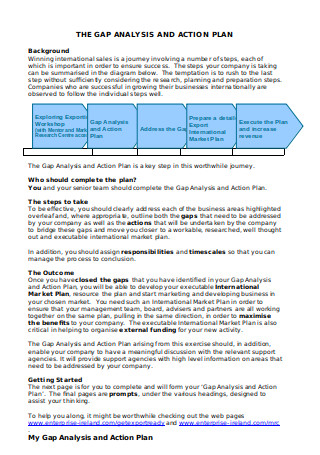
Gap Analysis & Action Plan
download now -
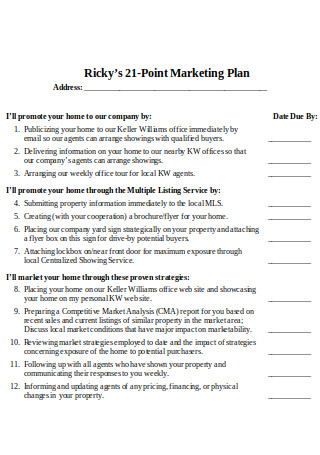
Points of Marketing Plan
download now -
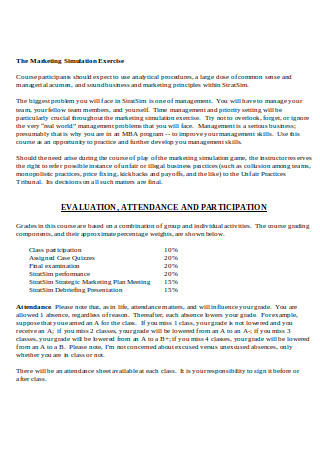
Market Strategy & Planning
download now -
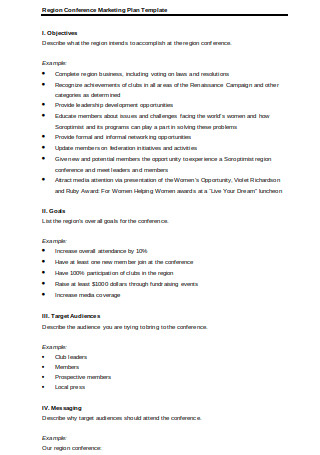
Region Conference Marketing Plan
download now -

The Marketing Plan Sample
download now -

Marketing & Communication Plan
download now -
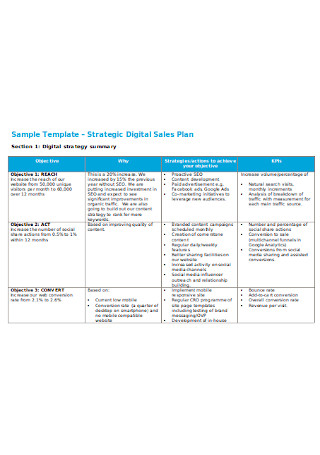
Digital Sales Plan Sample Template
download now -
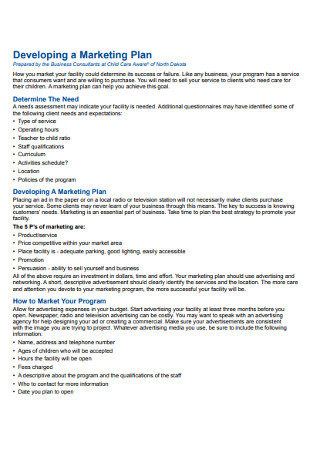
Child Care Developing for Marketing Plan
download now -

Agriculture Marketing Plan
download now -
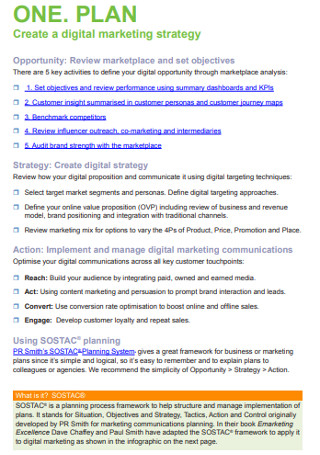
Digital Marketing Strategy Plan
download now -

Remodeling Contractor Marketing Plan
download now -
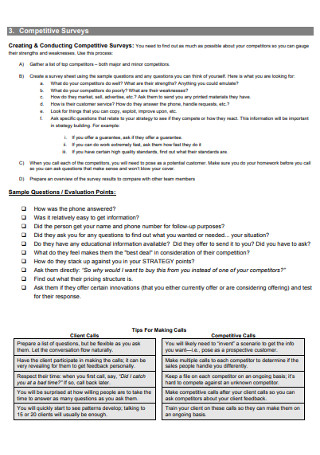
Marketing Survey Plan
download now -
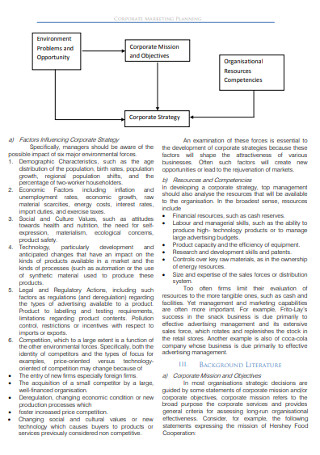
Corporate Marketing Plan
download now -
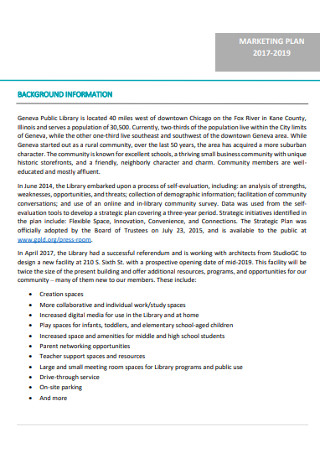
Marketing Plan Format
download now -
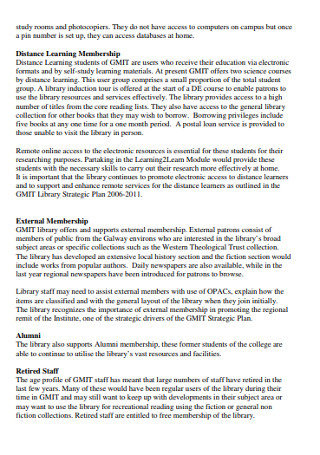
Formal Library Marketing Plan
download now -
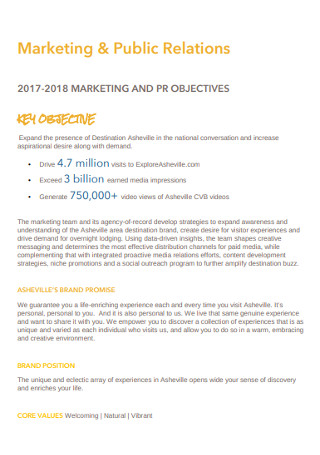
Sales and Marketing Plan
download now -

E-Commerce Marketing Plan
download now -
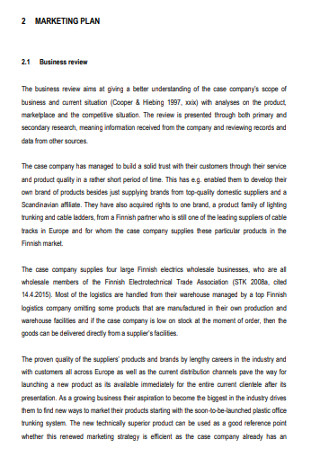
New Product Marketing Plan
download now -
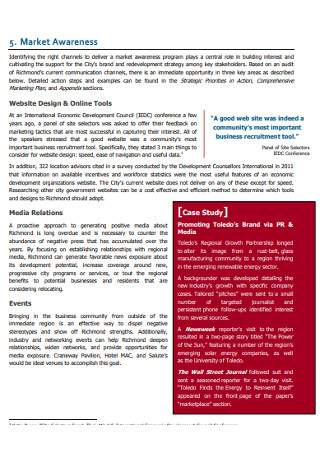
Marketing Awareness Plan
download now -
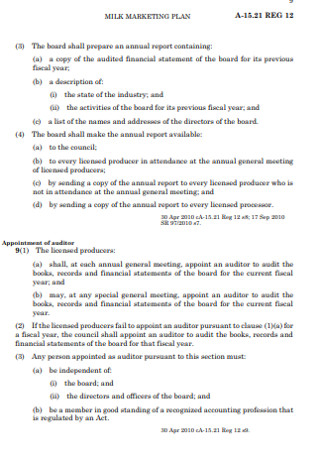
Milk Marketing Plan
download now -
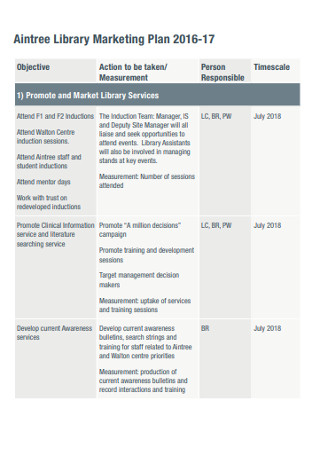
Library Marketing Plan
download now -
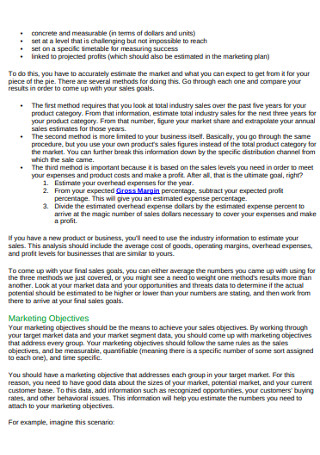
Yearly Marketing Plan Outline
download now -
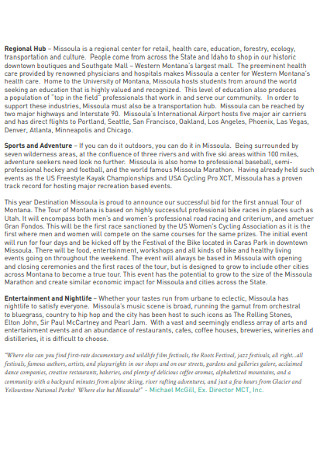
Formal Yearly Marketing Plan
download now -
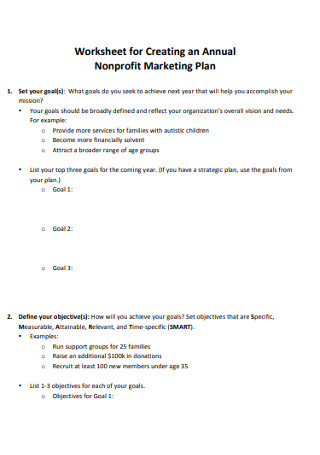
Annual Nonprofit Marketing Plan
download now -
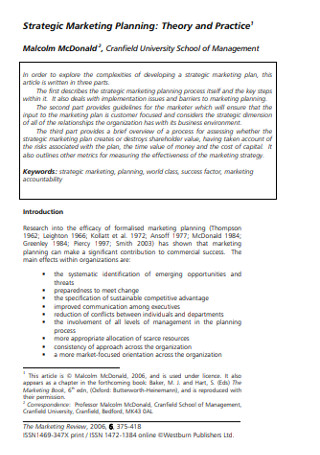
Strategic Marketing Planning
download now -

Sample Firm Annual Marketing Plan
download now
FREE Marketing Plan s to Download
45+ Sample Marketing Plans
What Is a Formal Marketing Plan?
Types of Formal Marketing Plans
Factors to Look Into When Writing a Detailed Formal Marketing Plan
7 Steps for Developing an Effective Formal Marketing Plan
Advantages of Having an Outstanding Formal Marketing Plan
Do’s and Don’ts for Crafting the Best Formal Marketing Plan
What Is a Formal Marketing Plan?
A formal marketing plan is a document used by businesses to plot their marketing strategies, tactics, events, plans of action, and other related activities within a specific period of time. A lot of formal marketing plans are developed for an organization’s next operational year but there are also other kinds of this document that are utilized in shorter time frames. Small to big businesses use a formal marketing plan so the marketing team and all of the involved stakeholders of the organization can be aware of how they can provide their marketing deliverables to achieve set marketing goals and milestones.
Types of Formal Marketing Plans
Only 16% of marketers have an entirely documented marketing strategy while 45% have portions of their strategy, which they use to drive their marketing efforts, documented (source: coschedule). If you want to have a well-documented strategic marketing plan, it is essential for you to first know the type of planning tool that you need based on your desired content scope and limitations. To help you have an easier time dealing with this matter, some types of formal marketing plans are as follows:
1. Formal Event Marketing Plan
A formal event marketing plan is used by an organization to ensure that all marketing events are properly planned and will most likely be well executed. By having a formal event marketing plan, the marketing team can assess the importance of each event that they will implement. This tool can also validate the purpose of each event and the impact that it can provide to the business’ marketing conditions and operations.
2. Formal Product Marketing Plan
A formal product marketing plan is developed for a specific product to do well in the market. This document usually contains the schedules of product marketing activities, the platforms and channels that will be used for the product’s marketing, and the strategies that will be incorporated in the marketing action plan of the business to ensure the consistency of the product’s branding.
3. Formal Content Marketing Plan
A formal content marketing plan is created by companies to provide a guideline with how the marketing team should develop marketing content. Nowadays, the information that businesses share with their target audience matters a lot for them to remain relevant and appealing. Through the usage of a content marketing plan, you can make sure that the image and message of the organization will always be considered and positively aligned with the content that will be shared with consumers and other stakeholders.
Factors to Look Into When Writing a Detailed Formal Marketing Plan
Your formal marketing plan should be detailed, presentable, and informative. For the document to be deemed of having high-quality, it is imperative for you to look into all the factors that can impact the effectiveness and efficiency of the planning tool’s usage. Are you now developing your own formal marketing plan? Here are some of the factors that you have to consider so you can be sure of the specific document’s successful creation:
7 Steps for Developing an Effective Formal Marketing Plan
A formal marketing plan can guide your business to a lot of marketing achievements and successes. Setting the direction of your marketing operations with the help of a formal marketing plan can enable you to list down all of the things that you should do so your objectives can be translated to actual events. With this, you have to be particular with how you will develop the entirety of the said document. Do you need a step-by-step process reference for this activity? Here is a seven-step procedure that you can use as a guide if you want to develop an effective formal marketing plan:
Step 1: Look for a Downloadable Formal Marketing Plan Template That You Can Modify
Use a strategic marketing plan template so you can formally structure or format the layout that you will use for the marketing plan. Make sure to download a pre-formatted template that exudes organization, formality, and business-appropriateness. Always keep in mind that the template that you will use can highly-impact the overall visuals and presentation of the formal marketing plan.
Step 2: Prepare a Brief Executive Summary and Introduction for Your Formal Marketing Plan
Having a marketing plan executive summary can help you set the expectations of your stakeholders. You need to create a simple and direct to the point executive summary so you can list down all of the major points of discussion that are available inside the document. It can also be useful if you will make an introduction that can give an overview about the document’s purpose, scope, limitations, and usage.
Step 3: Describe Your Marketing Goals, Objectives, and Desired Output
Let your stakeholders know what you would like to achieve. Present the goals of the marketing plan as well as the objectives that you would like to turn into reality. Your formal marketing plan must deliver a value proposition or a promise so that involved entities can become more specific with the strategies that you will use to achieve these.
Step 4: Discuss the Marketing Strategies and Plans of Action for Your Next Operational Year
Since one of the main reasons why you need a formal marketing plan is to have a systematic approach to managing your marketing efforts, you have to make sure that the document contains all of the action plans and strategies that you will implement. Identify the level of priority for each plan of action so your marketing team can be guided with the things that they have to focus on during specific time frames and periods. This segment should also describe the touchpoints and collateral that you will use to share your marketing message to your target market.
Step 5: Identify the Workforce Requirements and Budgeting Needs of the Marketing Team
The management should be able to support your formal marketing plan so you can utilize the document that way you would like to. For the business to prepare for the financial aspect of marketing, you have to present a budget plan that they can review. Aside from this, you also have to discuss the number of marketing team members that you need so you can achieve all of the activities that you have plotted. Both the budget and workforce requirements of the marketing plan can make it easier for the organization to see the importance of the level of involvement that you expect from them.
Step 6: Develop a Timeline or a Calendar Aligned With the Specifications of Your Formal Marketing Plan
We recommend you to develop a marketing plan printable calendar so you can become more particular with the timeliness of your marketing operations. You need to schedule all of your marketing activities and efforts so you can handle and manage your team accordingly. More so, knowing your deadlines and the amount of time that you have for each marketing endeavors can let you promote urgency during the actual execution of your formal marketing plan’s specifications.
Step 7: Present a Number of External and Internal Situation Analysis
Lastly, make sure that your stakeholders can be aware that the formal marketing plan is supported by relevant studies and researches. Present a SWOT analysis, market analysis, competitors’ check, marketplace evaluation, and consumer review so you can validate your claims, statements, observations, and plans. Aside from these items, you can still add a number of other types of situation analysis to further strengthen your formal marketing plan.
Advantages of Having an Outstanding Formal Marketing Plan
Your formal marketing plan can be very beneficial not only for the marketing team but also for the business and its stakeholders. If you can develop an excellent formal marketing plan, it will be easier for you to implement your desired marketing strategies and prepared call-to-actions. Some of the advantages of having an outstanding formal marketing plan are as follows:
Do’s and Don’ts for Crafting the Best Formal Marketing Plan
As you make a formal marketing plan, you have to be very particular with how you will present all the details of your discussion. It is important for you to be guided by a number of tips and tactics to ensure the proper development of the specific document. The things that you should and should not do when crafting the best formal marketing plan for your company or establishment include the following:
Do’s
1. Do Know How Your Business Can Benefit From the Formal Marketing Plan
You need to make sure that your stakeholders are aware or knowledgeable about how they can utilize the formal marketing plan to their advantage. Letting involved entities see the value of the formal marketing plan can help them to further appreciate your plans of action and strategies. This is an effective way of promoting team dynamics, process involvement, and performance efficiency.
2. Do Discuss Your Formal Marketing Plan Specifications With Your Marketing Team and Other Stakeholders
You have to be specific and straightforward when dealing with all the details of the formal marketing plan. Your marketing team should be well-directed by particular and complete instructions so they can have an idea on how they are expected to perform. If you would like to become more assured with the comprehensiveness of your formal marketing plan, you can use a marketing plan outline that can present all of the major points of your discussion and presentation.
3. Do Consider the Brand of the Organization When Putting Together All the Elements of the Formal Marketing Plan
When developing your formal marketing plan, you always have to consider the image that you would like to be associated with the company or establishment. Identify the strategies that can help you incorporate the brand of the organization in all of its marketing platforms, channels, collateral, and activities. Having a consistent branding and marketing practice can help the business become more memorable in the minds of its current market and sales leads.
Don’ts
1. Don’t Overlook External Factors and Variables That You Cannot Control As You Develop Your Formal Marketing Plan
Even if external elements cannot be controlled, it is still important for your business to prepare for these. As an example, it is necessary for you to review the performance plans of your competitors and the purchasing decisions and power of your target market. Even if you cannot dictate how these things will go, you can still develop marketing activities that can help you grab opportunities when they become available and eliminate threats so these will not impact your marketing operations.
2. Don’t Create a Formal Marketing Plan That is Generic or a Copy of One Used by Your Competition
Your formal marketing plan should be unique and must be patterned with the marketing culture of your organization. Learn how to develop a formal marketing plan based on your needs, aspirations, and goals. Do not use substandard formal marketing plan samples or even those that are developed by your competitors. Know how you can come up with a formal marketing plan that can address your marketing issues and concerns so you can truly benefit from the document output that you will have.
3. Don’t Use a Confusing or Misleading Language When Presenting the Content of the Formal Marketing Plan
A formal marketing plan must be as understandable as possible. When your stakeholders look at the document’s content, they should easily know what you are telling them. Do not use technical terms, jargon, and other confusing or misleading language so that involved entities can properly relate to the document’s specifications.
Having a formal marketing plan should be included in the top priorities of your marketing team. Let your business improve its marketing conditions with the help of the said planning tool. Browse through the samples and templates that we have listed above so you can be well-guided as you prepare the content and format of your own formal marketing plan.
